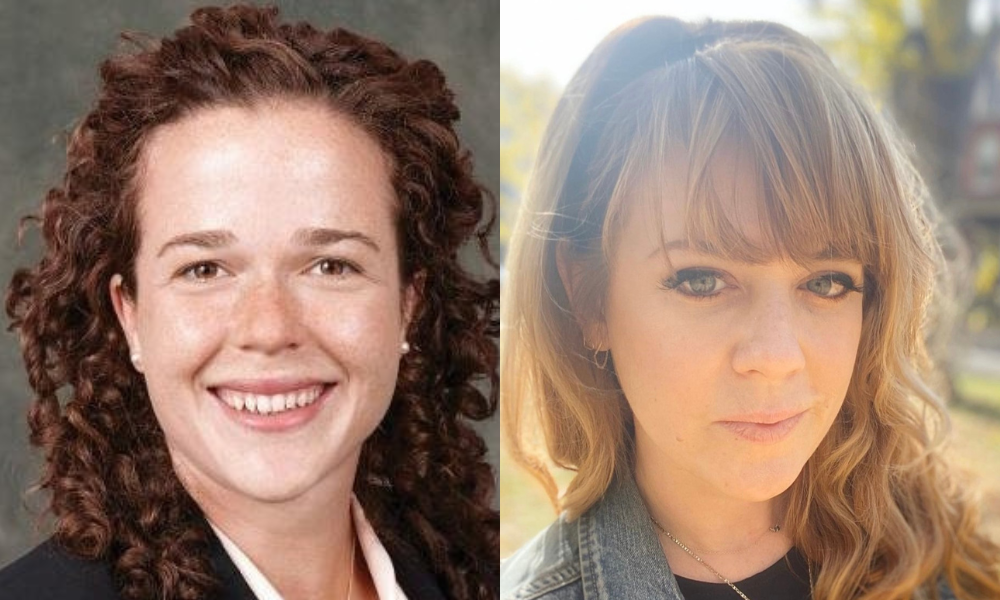This July, in R. v Blackmore, 2017 BCSC 1288, a Canadian court rendered the country’s first polygamy convictions in more than a century. There can be little doubt that convictions rendered against breakaway FLDS Mormon polygamists Winston Blackmore and James Oler were a correct application of the current law, laid out in s. 293 of the Criminal Code of Canada.
This July, in R. v Blackmore, 2017 BCSC 1288, a Canadian court rendered the country’s first polygamy convictions in more than a century. There can be little doubt that convictions rendered against breakaway FLDS Mormon polygamists Winston Blackmore and James Oler were a correct application of the current law, laid out in s. 293 of the Criminal Code of Canada.
However, a larger and more timely question is whether that law should be changed. Whether criminal justice policy-makers should reform the provision before a likely Charter challenge makes its way through the courts is a live question. In contemplating whether law reform is appropriate in this area, criminal lawyers, policy-makers and the public in general should bear in mind the knowledge and experience of family law researchers and lawyers.
The growing numbers of clients in polyamorous relationships encountered by lawyers who practise family law are relevant to any social policy discussion of when consensual conjugal relations between adults should be criminalized.
The decision of Justice Robert Bauman in British Columbia’s Constitutional Reference Re: Polygamy 2011 BCSC 1588 concluded in very simple terms that “there is no such thing as good polygamy.” The decision accepted rather uncritically an assumption that monogamy is, in contrast, good. Neither of these assumptions is generally borne out in the experience of practising family law.
In insisting on the centrality of monogamy as an underpinning of the egalitarian west, the Reference decision may be overly romantic. There is a growing disconnect between the emphasis placed on monogamy in the reasoning of the polygamy reference and the centrality of monogamy to Canadians’ notions of family as well as the place of monogamy in a growing number of people’s lived realities.
As is well known to family lawyers, families are complex and peoples’ lives are complicated. Consensual, non-marital, polyamorous relationships proliferate in Canada, and they are not limited to the context of breakaway FLDS Mormons in Bountiful, B.C. They are also not limited to the paradigm of one man and several women (polygyny) but also extend to one woman and several men (polyandry). They are as plausibly bohemian as they are fundamentalist. A report from the Canadian Research Institute for Law and the Family, “Polyamorous Relationships and Family Law in Canada,” details the legal distinction between relationships that are polyamorous and marriages that are bigamous and polygamous.
It further addresses how polyamorous relationships are (and are not) accommodated by the domestic relations legislation of Canada’s common law provinces. Most significantly, the report provides statistical confirmation of what many family law lawyers already anecdotally knew — in Canada, as in the United States, there are a growing number of polyamorous relationships. Indeed, the report recommends that focusing in on polyamorous relationships can prove a growing niche practice for family law practitioners.
On a review of the CRILF research, the insistence by the court in the polygamy reference on the centrality of monogamy to western society seems discordant with people’s stated practices and perceptions.
The CRILF research findings are that, in Canada, the concept that “family is now thoroughly unmoored from presumptions about marriage, gender, sexual orientation, reproduction and childrearing; the notion that romantic relationships, whether casual, cohabiting or connubial, must be limited to two persons at one time may be the next focal point of change.” It also says that the “scant data currently available on polyamorous relationships suggest that the number of people involved in such families is not insignificant and may be increasing.”
The language of s. 293 gives the state sweeping powers against people living in polyamorous relationships. It carries the potential to criminalize women as well as men. This legal authority is, at a minimum, anomalous, where families are defined under Canadian laws and popular culture in diverse and inclusive ways.
For example, Canadian laws permit multiple people, even folks who are “co-mammas” as simply collaborating friends, co-parenting outside of a conjugal relationship, to be legal parents. In the family law context, persons who entered into plural marriages in other jurisdictions, where they were legal, can receive some protection and benefit from the family law. Further, reproductive technologies now allow more than two people’s DNA to be brought into one fetus (as is the case using mitochondrial replacement therapy, currently prohibited in Canada).
Increasingly, the assumption that all relationships are monogamous, and even that monogamous conjugal relations are the only proper way to produce children, are questionable.
In considering whether to maintain the criminal prohibition on polygamy, criminal policy-makers should look to research emerging in the family law context, including the CRILF report, about how people now organize the intimate details of their private lives. Caseloads from the family court also belie stated assumptions about monogamy from the Reference that dyadic marriages are necessarily, or even generally, harmonious and egalitarian. As scholars Gillian Calder and Lori Beaman have argued, assumptions about monogamous marriage underlying the reasoning of the Reference seem unduly idealistic. Rather than being inspired by Hollywood-style romantic visions of monogamy when we contemplate the continued criminalization of polygamy, criminal policy-makers would be wiser to look to the messy realities of monogamy, polyamory and families’ lives, as revealed by the CRILF report, and in family courts.
Dr. Rebecca Bromwich practises and teaches both family and criminal law. She is director of the graduate diploma in the conflict resolution program in the department of law and legal studies at Carleton University.








